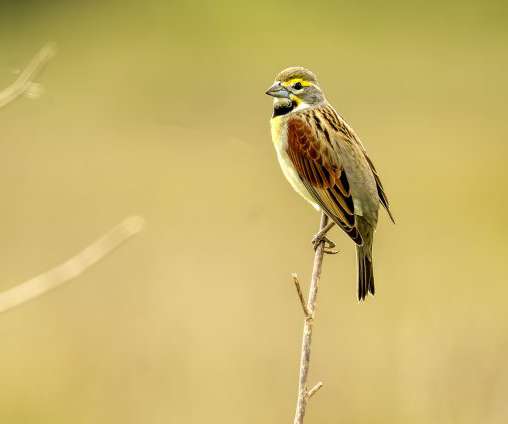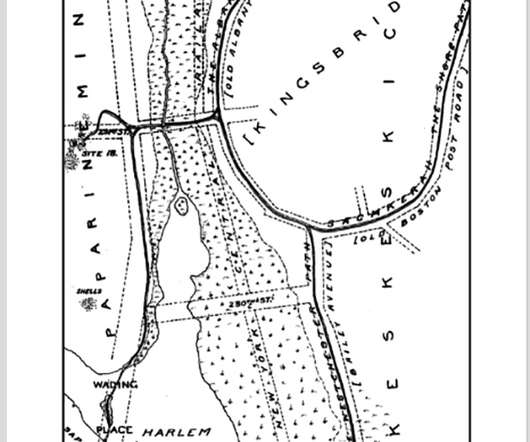What to Do at High Island When the Winds are South
10,000 Birds
MAY 3, 2022
Multitudes, hundreds of Brown Pelicans and Terns–Least, Common, Foster’s, Sandwich, Royal, and Caspian. They did flush eventually, but not because of humans. I’m sure regular visitors to this area could tell you more about how the winds and tides affect the migrating birds and when the breeders start to nest.










Let's personalize your content